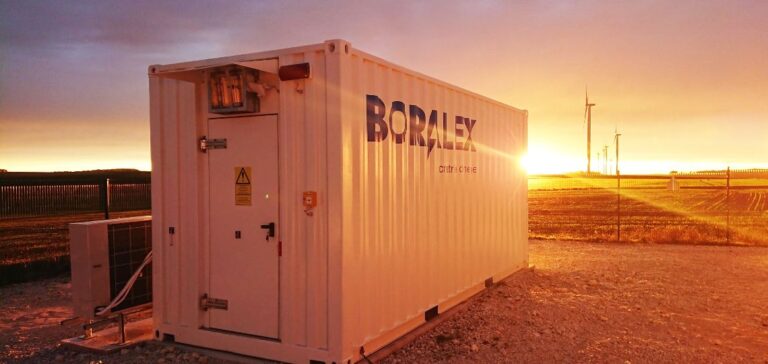Boralex Inc. has revealed its financial results for fiscal 2024, with a notable 16% decrease in power production for the fourth quarter, mainly due to adverse weather conditions. This decline directly impacted the revenue generated from electricity sales, which fell by 28% compared to the fourth quarter of 2023. EBITDA(A), a key indicator of the company’s profitability, decreased by $33 million, reaching $169 million, representing a 17% decrease compared to the previous year. Net income also experienced a decline, dropping from a net profit of $58 million to a net loss of $2 million for Q4 2024.
Financial Results and Production Decline
Despite these results, Boralex continued to progress in its expansion projects, with a total installed capacity of 8,005 MW under development, primarily in North America and the United Kingdom. This increase in development capacity represents an 18% rise compared to 2023. Among the key projects, there is progress in the Limekiln and Apuiat wind farms, which are expected to be operational by 2025, along with the start of construction of the Des Neiges Sud project in Quebec. The company also acquired the Clashindarroch Wind Farm Extension project in the United Kingdom, adding 195 MW to its portfolio.
Financial Strength and Future Outlook
Boralex has maintained solid financial flexibility, closing the year with $592 million in cash and $523 million in authorized financing, in addition to a record of nearly $1.2 billion in project financing for its developments. Despite lower operational cash flows compared to 2023, the company remains well-positioned to continue its expansion projects, with sufficient financial resources for the years ahead.
The company highlighted that despite the challenges related to market volatility and the decline in renewable energy company stock prices, electricity demand in its developing markets is expected to grow, which will support the commissioning of new renewable energy projects in the coming years.






















